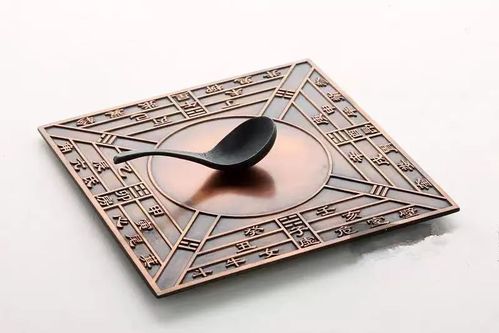
Auther:2023-11-14

As early as in the Warring States Period (475-221BC), Chinese discovered that a magnet could indicate south and north, and on the basis of this feature, made a southward-pointing instrument that was the prototype of the compass. The instrument comprised a smooth magnetic spoon and a copper plate carved with directions; the handle of the spoon points south. In the Song Dynasty, such prototype evolved into a southward-pointing fish and a southward-pointing needle. A southward-point fish was a magnetized fish-shaped thin iron slice, whose head would point southward when it floated on the surface of water. A southward-pointing needle was a magnetized steel needle, which was able to indicate directions when it was placed on such smooth surfaces as water, nails or a bowl, or hung in the windless air.
The compass was invented and widely used in the Song Dynasty(960-1127AD). People combined an artificially magnetized compass with an azimuth plate to create a proper compass. With the help of an azimuth plate, people were able to precisely tell directions mall situation.In the Song Dynasty, the compass was spread to Arabia, and was affectionately called the Eye of Sailors. Around 1180, the compass was introduced into Europe via Arabia.
The invention of the compass pushed forward the rapid development of navigation, making it possible for Zheng He to make his seven voyages across seas to Southeast Asia and around the Indian Ocean in the early Ming Dynasty (1368-1644AD), Christopher Columbus to discover the New World, and Ferdinand Magellan to sail around the world, and facilitated the startup of European colonies and the establishment of world markets.

